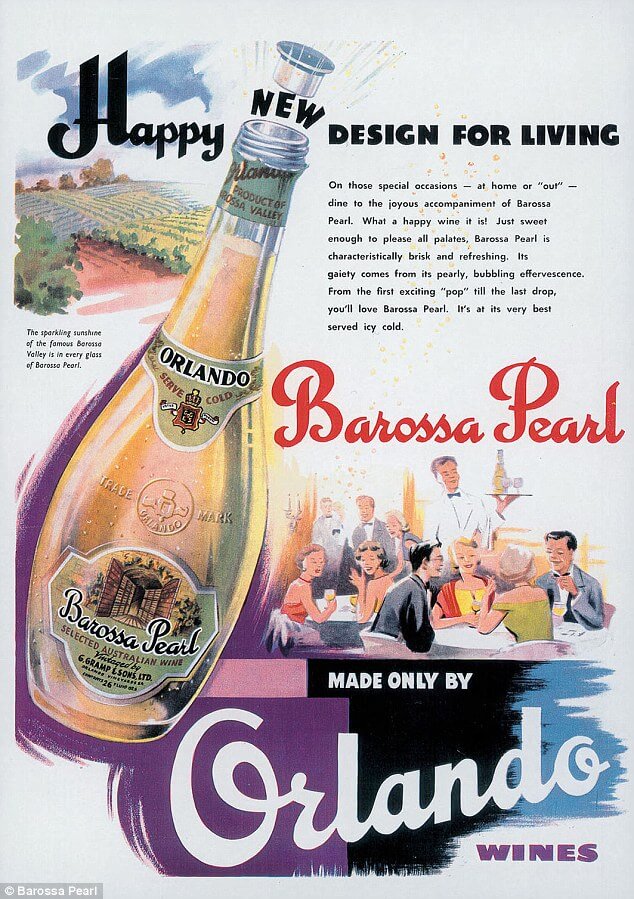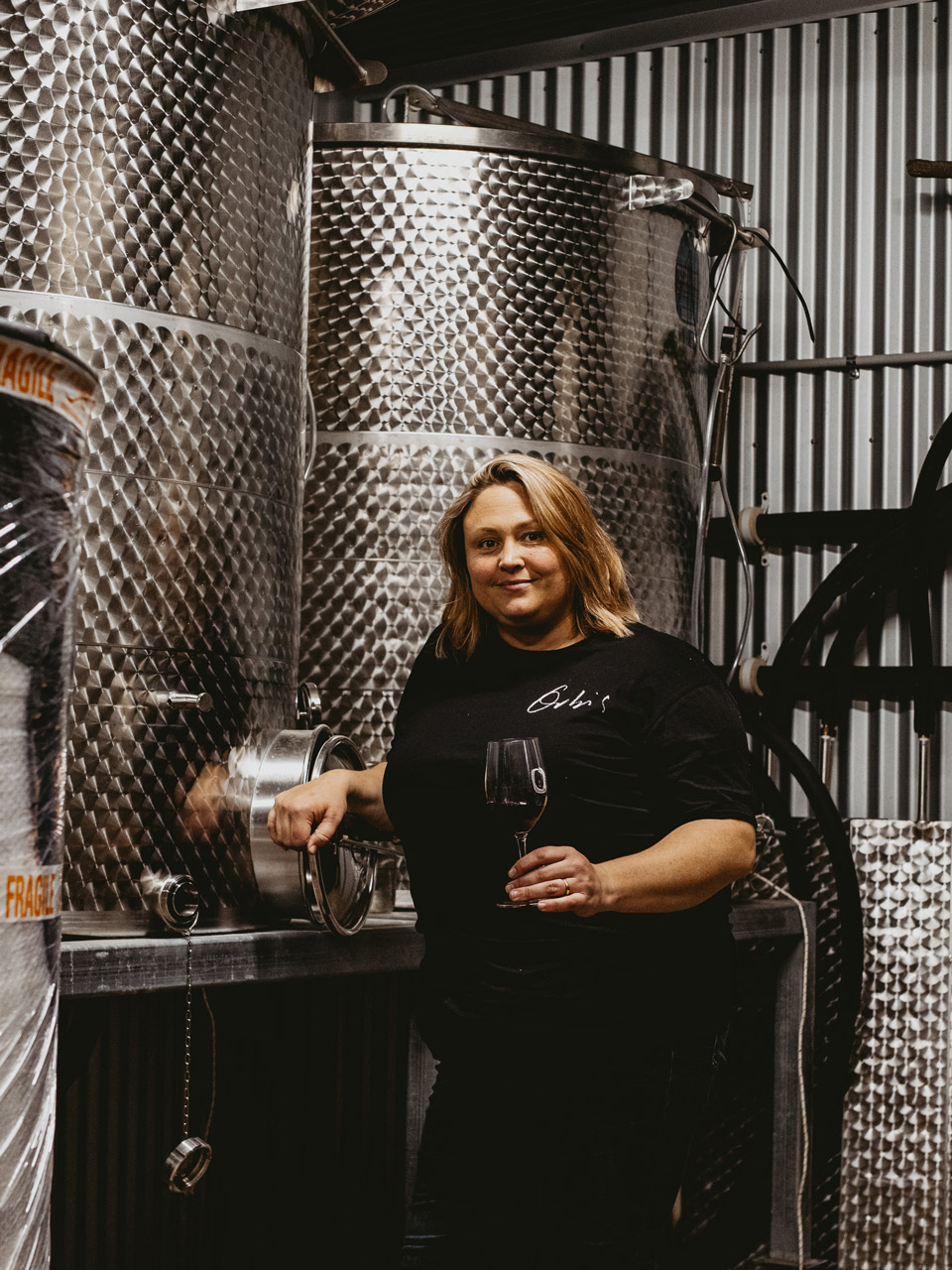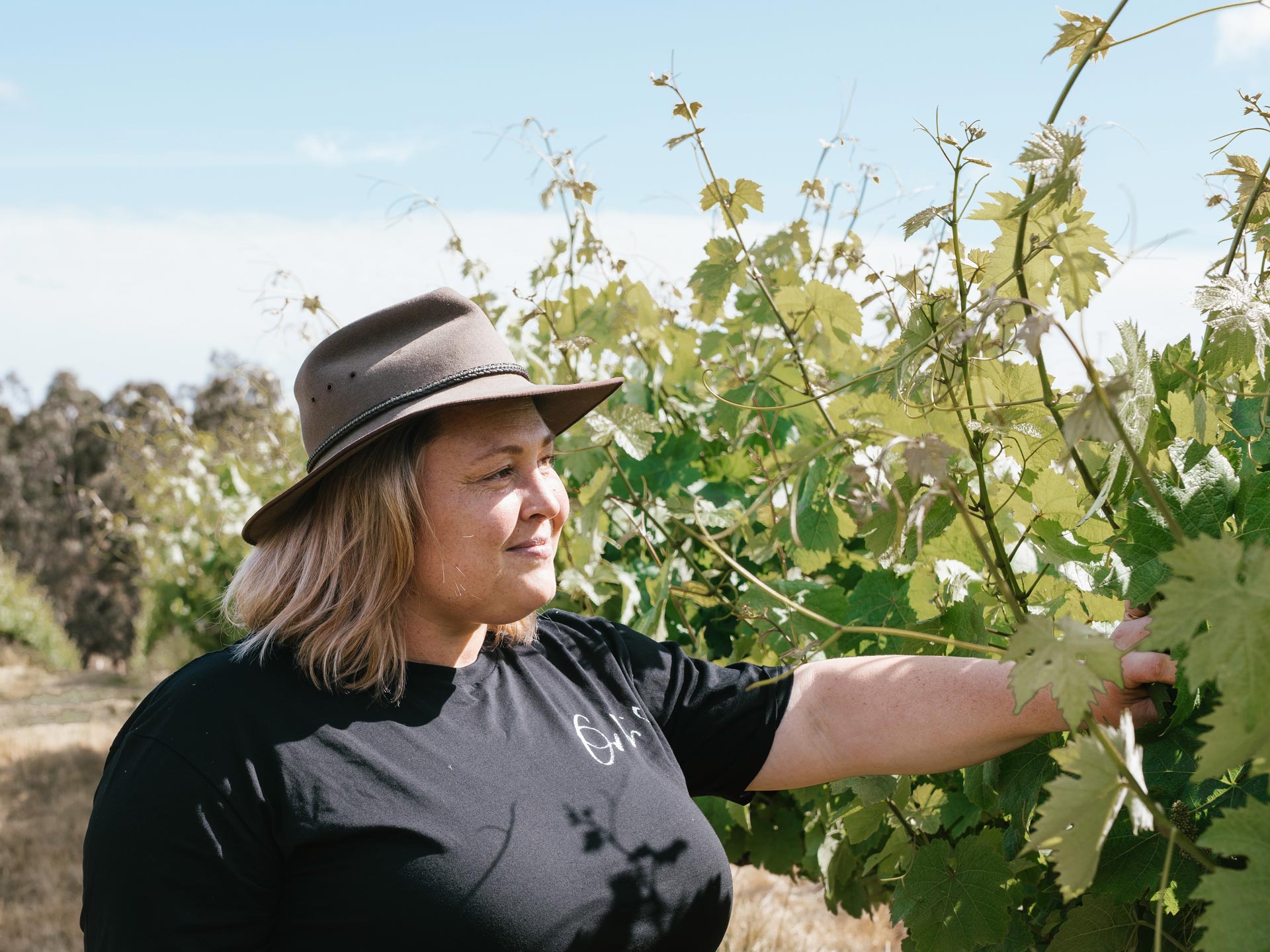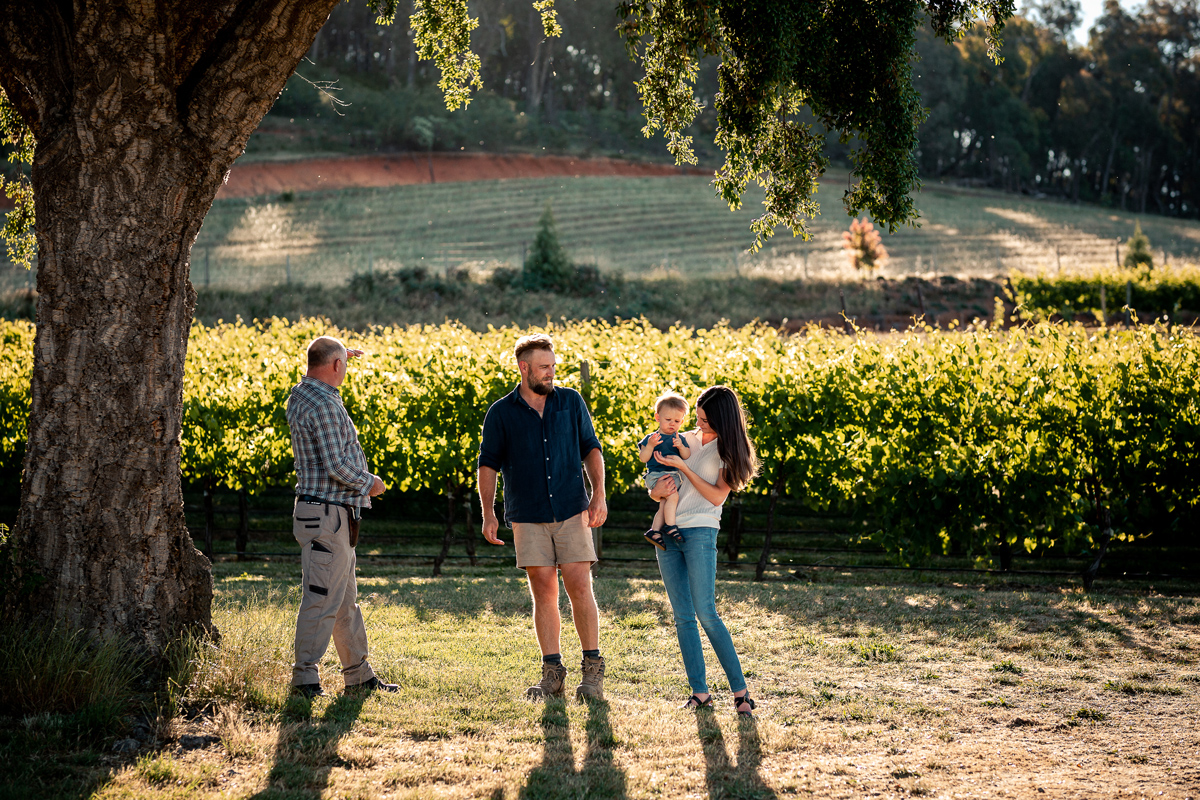Chilling Reds
Fizz, white and, more recently, pink have held pride of place as the slakers of thirst on sunny summer afternoons. What about red? Why can’t we drink that cold? A couple of Melbourne’s top somms grabbed a handful of reds to find out.
“Sparkling wine is the essence of celebration,” declares Rieslingfreak’s Belinda Hughes. “I doubt I am alone in saying that there has been a special bottle of bubbly at every one of my significant life events. Sparkling can lighten the mood of an event like nothing else. Even my grandmother wrote strict instructions that instead of a funeral, she wanted a ‘Champagne Party, so people could celebrate her life rather than mourn her passing.”
Sparkling wine played a major role in the development of modern Australian wine. In fact, it was pivotal in the popularisation of new styles in the mid-20th century. German technology that was imported in the 1950s and 1960s saw pioneers like Colin Gramp and Ian Hickinbotham, along with a young Wolf Blass, capture the public imagination with sparkling wines called such things as, Barossa Pearl, Rheingolde, Pearlette and Porphyry Pearl.


Those wines became the cause of much mirth subsequently – and even a little shame for some wine drinkers – but the reality is that they marked a shift away from wines that often could be affected by various faults due to a lack of control through accurate temperature regulation and the ability to completely exclude oxygen. The technology would also spawn Australia’s classic style of modern riesling, but that’s another story.
Of course, sparkling wine existed prior, with the traditional method (à la Champagne) employed by various makers – including to create ‘Sparkling Burgundy’ in the late 19th century – but the ability to ferment in tank and capture the bubbles from that fermentation in the Charmat method (à la Prosecco) was a revolution.
It brought consistency, ease of production and a significant economy of both labour and time to the process. It wasn’t for the connoisseur, but it took hold amongst everyday drinkers, and many who would otherwise not have considered drinking wine at a time when most of it was fortified.
Today, sparkling wines has come a long way, with both popular ‘beverage’ sparkling wines to those that chase the quality and prestige – often the price, too – of Champagne. The offer has also exploded of late, with pét-nats joining the fray, along with a decidedly open-minded attitude to experimentation.
Lauren Langfield is the winemaker for McLaren Vale’s Orbis. “For the last two years, I’ve been playing around with sparkling wines: pétillant naturel, and a slightly lesser known style, piquette,” she says. “Both are made in the same way, bottled with just enough sugar to ensure the final amount of bottle fermentation creates the fizz in the bottle.”
Piquette is a low alcohol style made from the leftover grape marc (skins, seeds and stems, if employed, from fermentation) that has been rehydrated with water to extract leftover pockets of sugars, while pét-nats are fresh wines that haven’t finished fermenting.


Piquette is essentially a peasant wine, made by workers, and most famously in Tuscany where it was known as acqua pazza (crazy water), amongst other synonyms. With the wine ending up on landowner’s tables as a tithe, the workers would make do with what was left to create a low-alcohol drink that would have had a prickle of fizz rather than being properly effervescent. The Orbis versions are all about freshness and flavour, says Langfield. “Not complicated, or complex, just delicious fizzy wine made from great quality grapes,” she says.
Both are old styles, with the latter also called méthode ancestrale – the translation is self-explanatory – being the origin of the sparkling wines we enjoy today. That harking back to an older time, using simpler methods, may sound rustic but there’s considerable technical skill required to get those styles right. And anyone that has opened a pét-nat for it to gush all over the floor will know that only too well.
“It’s a very fine line when bottling unfinished wine, sometimes with an unpredictable result,” says Langfield. “Lees, acid, sugar, yeast all have to play their part, and when one isn’t right, the whole project will fail. …No one wants to lose half the bottle when they open it!”
In the King Valley, Gabe O’Brien and Pia Cavedon are in prime prosecco territory, so sparkling was always going to be part of the story. But although their vineyard is one of the oldest in the region, planted by Cavedon’s father, the making was distinctly on the garage level when O’Brien first started making wine, including prosecco, as an extension of their grape-growing business.


“Of course, starting out as a small winery, we didn’t have the volume for Charmat sparkling,” says O’Brien. “So, we began by using hands-on, boutique methods. Cue the rudimentary, primitive-style winemaking… welding up a Spanish wheel for riddling and a homemade neck freezer using a chest freezer for disgorging…”
A DIY approach also fostered an attitude that was unhooked from convention. “Because we cut our teeth making small batch sparkling, we had the room to experiment from the beginning,” notes O’Brien. “Turns out, going down this more complex road has been a key player in evolving our thinking around sparkling and really just winemaking in general.”
That spirit of adventure saw a whole bunch, skin contact sparkling gewürztraminer join the Cavedon Wines portfolio. “The idea of doing whole bunch ferment with gewurztraminer was in my head for a while,” recalls O’Brien, “Not only because it would make an intense flavoured wine, but also to try and capture the awesome colour of the fruit without extracting the high phenolics of usual orange wines. The idea soon manifested into a sparkling project.”
Most sparkling wine in this country is made from some or all the classic Champagne trio of pinot noir, chardonnay and pinot meunier, or from prosecco (also called glera). But the freedom feom comparative expression that pét-nat style have allowed has certainly emboldened makers to think outside the square, whether using the ancestrale method or indeed the traditional Champagne method.
Belinda Hughes runs Rieslingfreak with her husband, and it was inevitable that her affection for making sparkling wine would coincide with the pair’s obsessively riesling-only project. “Sparkling wine is certainly a passion of mine,” says Hughes. “I spent 13 years at Grant Burge Wines making one of the most popular sparkling wines in Australia, and the last five of those years working with and learning from Ed Carr [House of Arras], the undisputed king of Australian sparkling.”

Sparkling wine is an intensely technical exercise, notes Hughes, but the rulebook that she had learnt over her time making pinot noir and/or chardonnay blends had to be rewritten. “Creating sparkling wine from a variety like riesling brings its own set of technical challenges,” she says. “The structure of riesling is completely different. The acid is tighter, the flavours more delicate and the protein structure nowhere near as robust. Since the rules of the game that I knew had changed, John and I changed the game.”
Hughes used the classic Champagne method, but the wine was always going to be about riesling first and foremost. “At the end of the day, John and I are Rieslingfreaks, and we wanted to make a sparkling wine that we like to drink, lean and pristine with a delicate bead, and an almost ethereal bouquet that melds the classic riesling character with subtle creamy notes of yeast autolysis that can only be imparted by the classical production method.”
That singularity of grape but plurality of method defines the Rieslingfreak label, but at Orbis, experimentation with new varieties is an essential plank in the broader project. With a foundation on long-term-sustainability, climate-apt varieties have been planted, and they will be continually trialled in both the vineyard and winery to determine suitability and to develop new styles. This approach is just as true for their sparkling wines.
“I’m keen to try some of the new alternative grape varieties we have coming on in the estate vineyard,” says Langfield. “Our nero d’avola, montepulciano, fiano and cinsault all might make delicious single variety or blending options for pét-nat and piquette. I’m also interested in alternative packaging for some of these wines that are made to drink immediately. Perhaps glass isn’t the packaging best suited for these wines, and maybe something lighter, like cans, might be more appropriate for piquette.”
Whichever direction makers take in the future, it is clear that the sparkling wine landscape will be a rich one. From the distinguished wines made from classic Champagne varieties and methods to the powerhouse that is prosecco to those fun and frivolous wines that are sealed in cans and made for picnics, there’s a spirit of discovery that will only snowball.
“Naturally, as your confidence builds, one thing leads to another, and you can’t help but let your imagination run a little wild with ideas of what you can sparkle next,” says O’Brien. “We’re keen to start branching out, apply what we’ve learnt and bend the rules of traditional sparkling… We started off taking a neutral wine like prosecco and added layers and complexity to it. Now, we’re taking on non-traditional sparkling varieties to create something that’s deliciously interesting and banging with character.”

This is juicy and bright, with macerated strawberry, wild raspberry, yellow plum, cranberry and subtle peach notes leading the way. There’s a real plump of richness here, with a sweet-fruited appeal buoyed by the foamy wash of fizz. This is a pristinely vibrant and full pét-nat loaded with character and pure fruit intensity.
Experience the story – shop the wines at Finestro online cellar door.
This is sparkling wine made by the traditional Champagne method, but with a cab-mac ferment to kick off, and utilising the less classic sparkling variety, gewürztraminer. This is aromatic, as you’d expect, with typical notes of rosewater and lychee, though subtly so, but also with some bold notes of yellow plum, mango and tangerine. That exuberance is substantially moderated by iced peach tea and matcha notes, a gentle grip to match the fizz and a puff of talcy perfume to finish.
Experience the story – shop the wines at Finestro online cellar door.
This has a pale peachy pink blush, with some peachy notes matched on the nose, though the main theme is a burst of strawberries and red summer berries, with fragrant notes of musk and rose petals accented with a little spice. There’s a richness to this, a generosity of texture and fruit flavour that is carried and enhanced by the fizz, with an undercurrent of acidity carrying the palate long and fresh.
Experience the story – shop the wines at Finestro online cellar door.
Sekt is the German word for sparkling wine, with this made in the traditional method (like Champagne). It spent three years on lees before being disgorged, but the vibrancy of the riesling fruit still shines through with notes of golden apple, lime pith and lemon, attended by the trademark bready yeast aromas and an overlay of toasty development. Made from the coolest parcels of fruit from the vintage, the acidity trills through the finish, with a foamy wash lifting the texture that tapers put through a briskly dry finish.
Experience the story – shop the wines at Finestro online cellar door.
Please sign in or create account as candidate to bookmark this job
Please sign in or create account to save this search

Please sign in or create account as candidate to create a resume